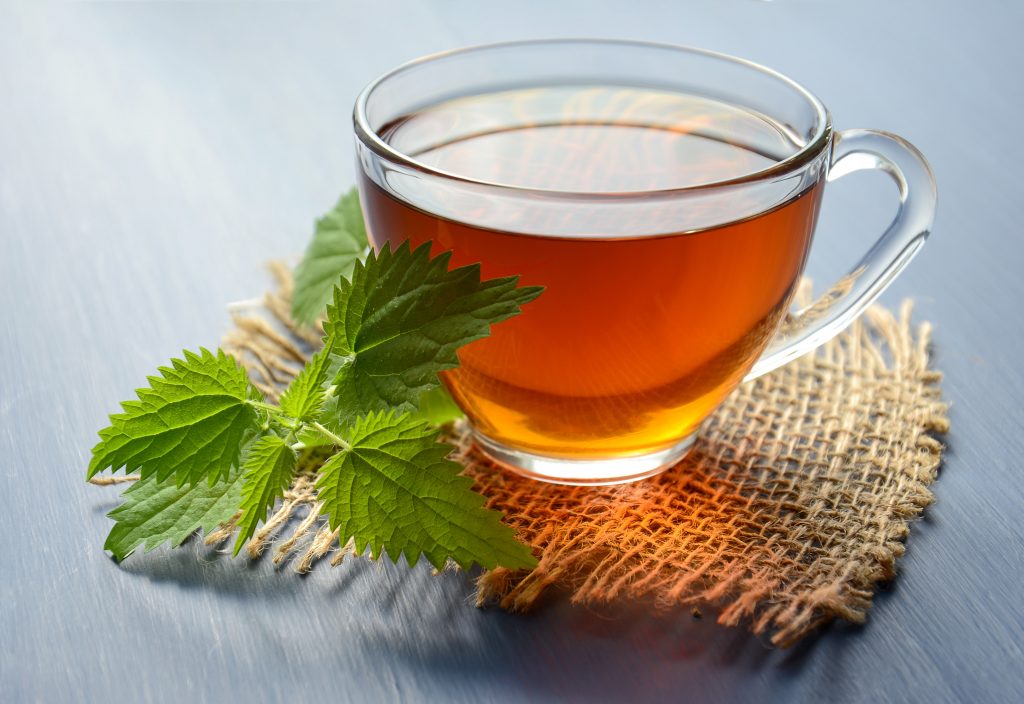
History of Tea
Mention of the tea plant dates back to the earliest centuries of our era. It was then that its leaves began to make a surprisingly invigorating drink, which can repel sleep, although at first everyone consumed tea exclusively for religious purposes. The history of tea includes a number of controversial facts, even legends that have survived since then, according to which, for example, the homeland of tea is considered China. This is what everyone thought for a long time, until in 1825 tea tree plantations were found in the mountain jungle of India. Similar deciduous plantations were also found in the southern Himalayas and southeast Tibet. The question of the homeland of tea has therefore not been fully resolved and is a subject of debate to this day.
Some historical sources claim that tea bushes were introduced into Chinese culture in 350, and a little later in 805-810 they appeared in Japan, and around the same time (in 828) in Korea. It was not until centuries later, in 1516, when the Portuguese opened the sea route in China, that the history of tea as an exotic drink began in Europe. And at first it was available only at the Portuguese Royal Court. Today, tea is processed on an industrial scale in more than 30 countries. This, in turn, clearly characterises the popularity and quality of this drink, which has been enjoyed by millions of people from all over the world. This is only a brief introductory information, in general, the history of tea has many different periods, each country has its own chronology of events, some of which we will consider later.
It should be noted that tea bushes are quite hardened and relatively unpretentious plant, which can grow on poor, stony ground, rocks, as well as withstand tropical heat and cold frosts (-20 degrees). Unlike, for example, the same cocoa tree, for which any fluctuations in temperature can be harmful. In addition, tea plants are not exposed to the dangerous “epidemic” diseases that are common to other plants in the tropics and subtropics. But this is rather general information, which has little to do with the history of tea. Below you will find a number of publications that relate specifically to the history of tea, the rest you will find in other sections of the tea blog.
